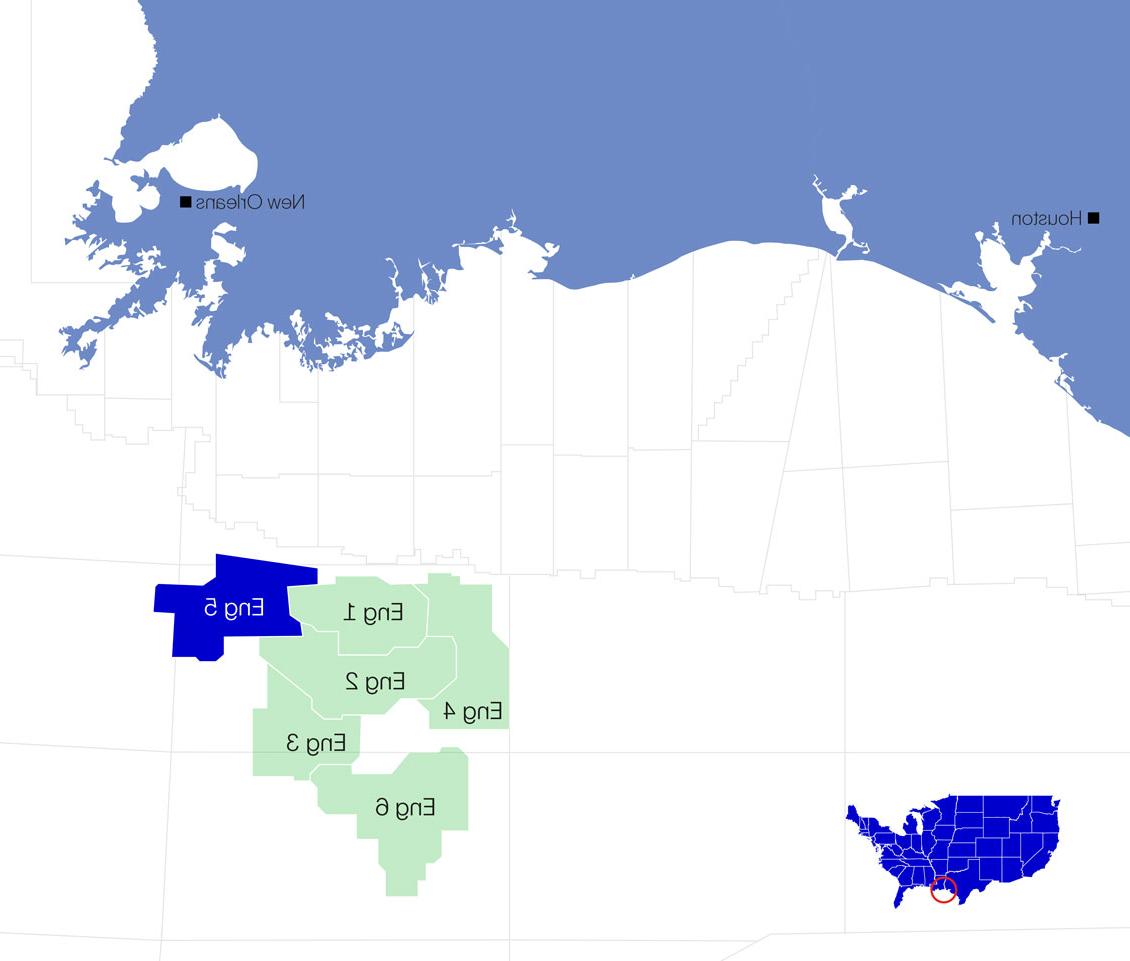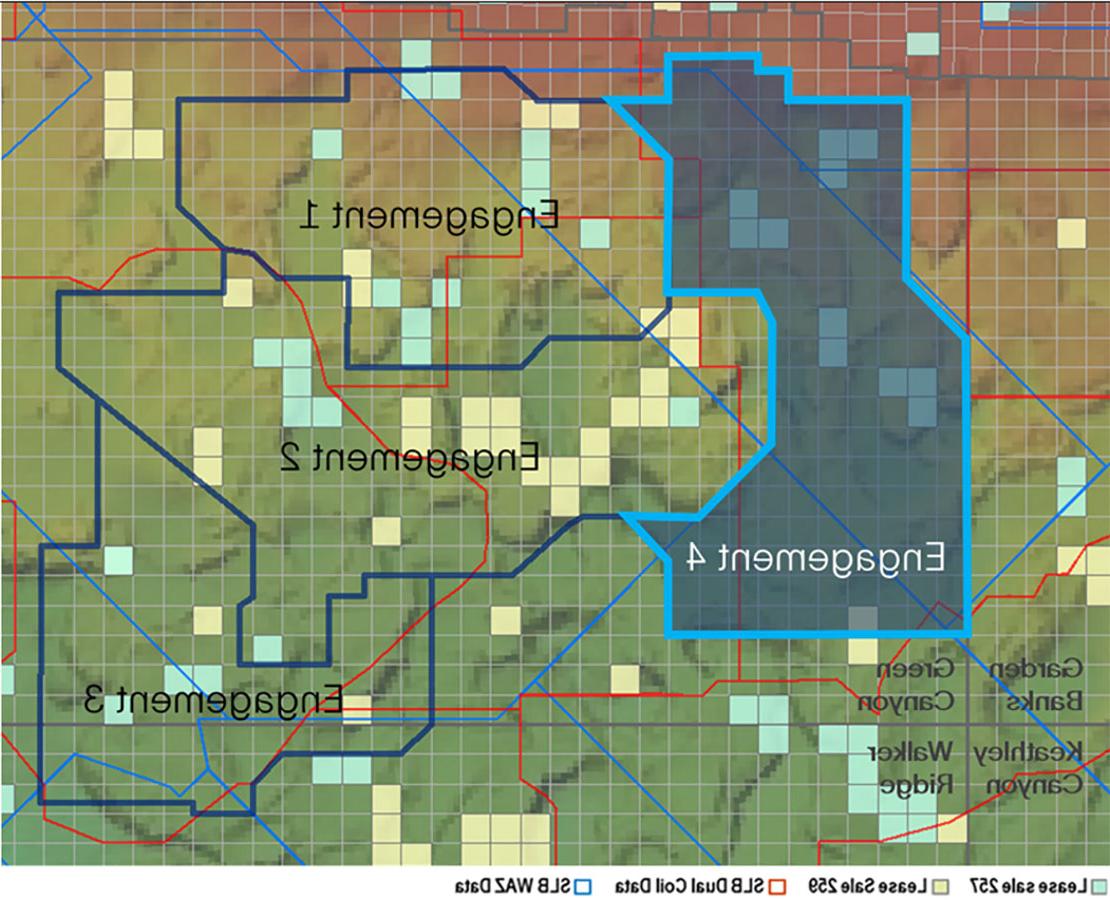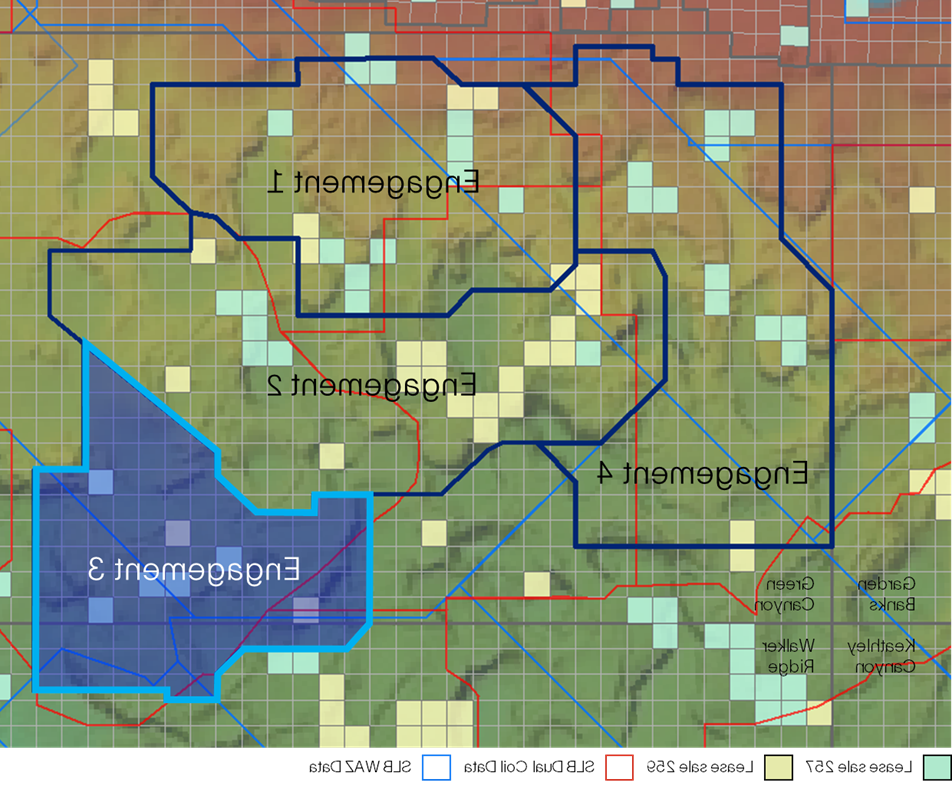Achieve greater accuracy and detail with Elastic FWI
Elastic full-waveform inversion (EFWI) takes into account both the compressional (P-wave) and shear (S-wave) components of the seismic wavefield during seismic wave propagation simulation, which leads to more accurate and detailed estimation of the subsurface velocity models.
Elastic full-waveform inversion (EFWI) is particularly useful for velocity model building in complex geological settings where there are large velocity contrasts, such as around salt or subsalt formations. In these environments, traditional inversion techniques that rely solely on the acoustic wave equation can struggle to accurately image the subsurface, as they cannot account for the shear (S-wave) component of the seismic wavefield.

















